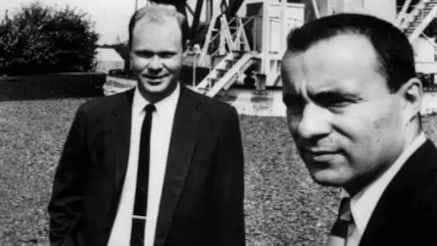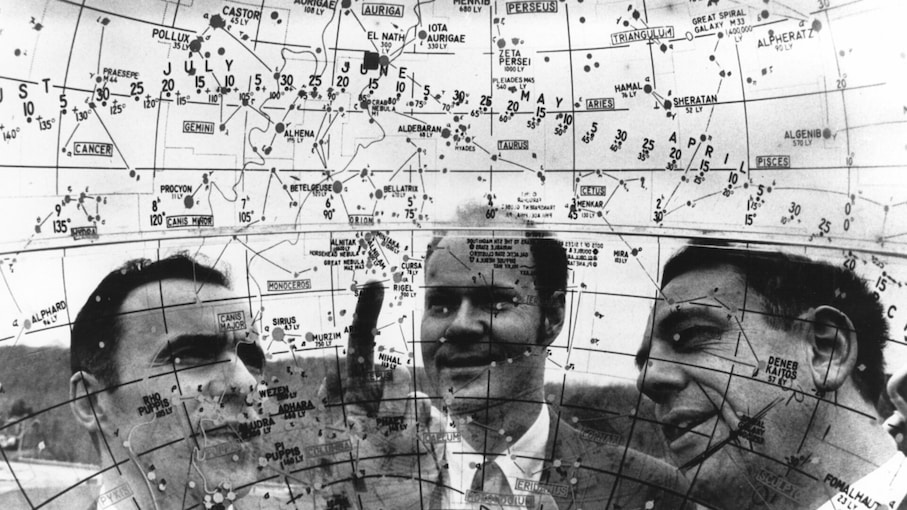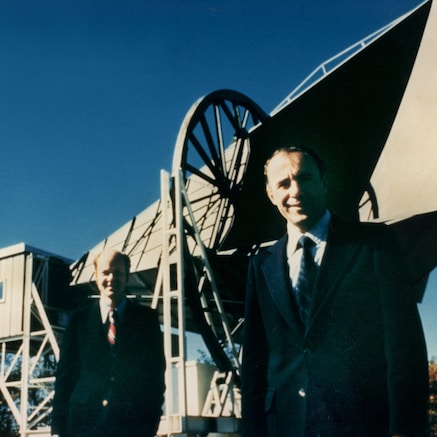The discovery of cosmic microwave background radiation is one of the strongest pieces of evidence supporting the “Big Bang” theory of the origin of the universe
In 1964, Bell Labs scientists Arno Penzias and Robert A. Wilson were conducting experiments with the Holmdel Horn Antenna, an extremely sensitive device originally used to detect radio waves that were bounced off Echo balloon satellites, and later Telstar, the first active communications satellite. These radio waves were so weak, that it became critical to eliminate all possible interference in order to detect them.
Despite taking all conceivable steps to eliminate interference, they continually detected a strange, buzzing noise that was coming from all parts of the sky at all times of day and night. They did a range of additional testing on the equipment, and even removed some pigeons that were nesting in the antenna and their associate detritus. Still, the sound persisted. They ultimately determined that the noise was coming from outside of our galaxy.
Almost by chance, they later learned that researchers and astrophysicists Robert H. Dicke, Jim Peebles and David Wilkinson at nearby Princeton University were looking for a way to detect residual radiation that they believed would have resulted from the Big Bang. As it turned out, the radiation detected by Penzias and Wilson was a perfect match for what the Princeton researchers had predicted, and hence made history.
Arno Penzias (left), Robert Wilson (center) and Keith Jefferts (right) look through a model of the universe to the constellation Orion where, for the first time, they discovered carbon monoxide in outer space.
Explore more

1978 Nobel Prize in Physics
Discovery of the cosmic microwave background radiation, proving the Big Bang theory.





